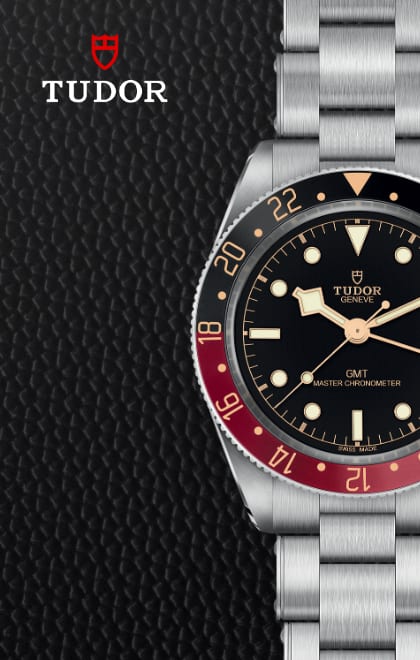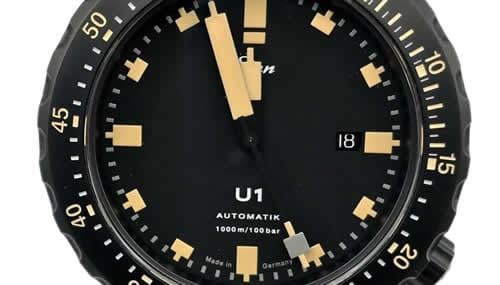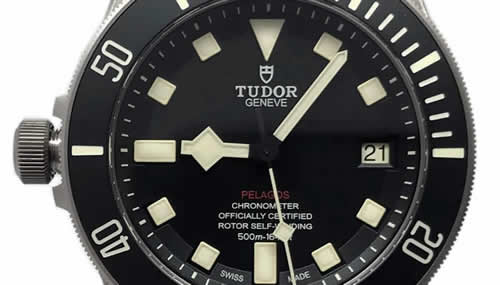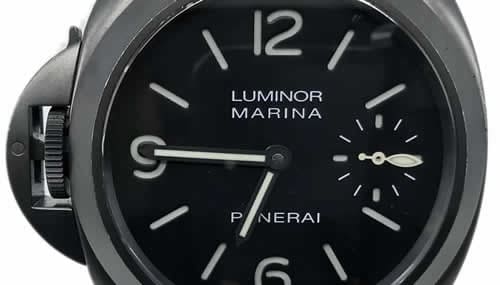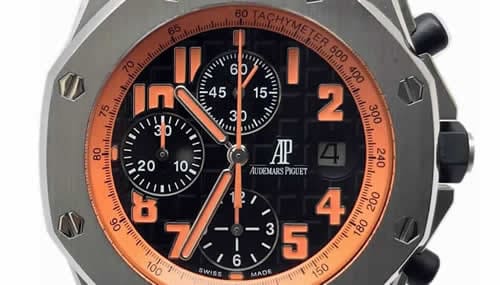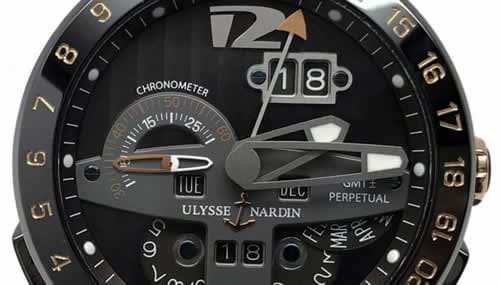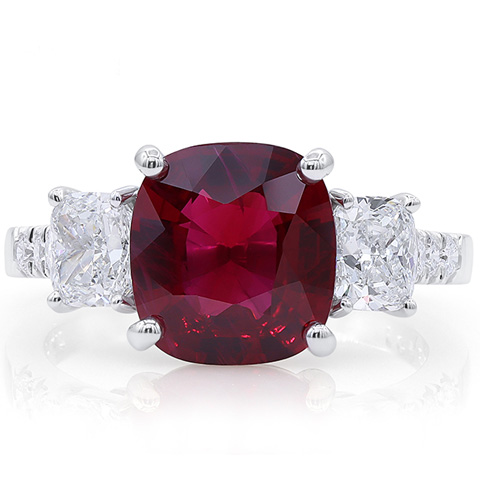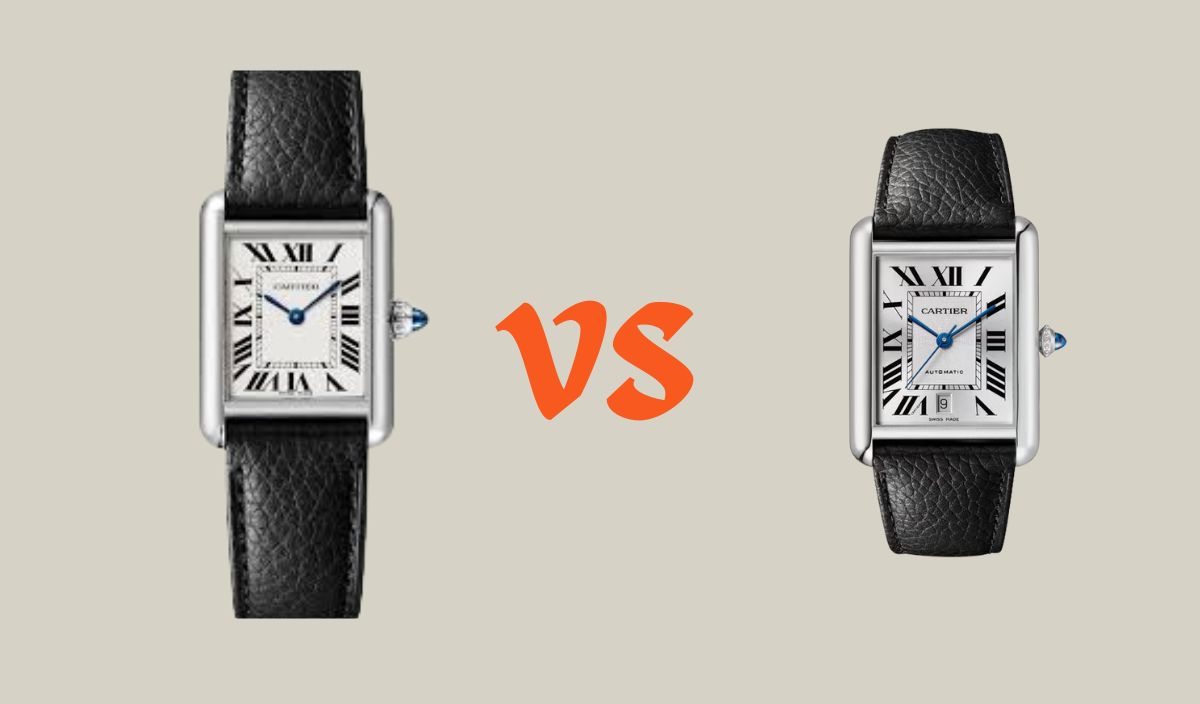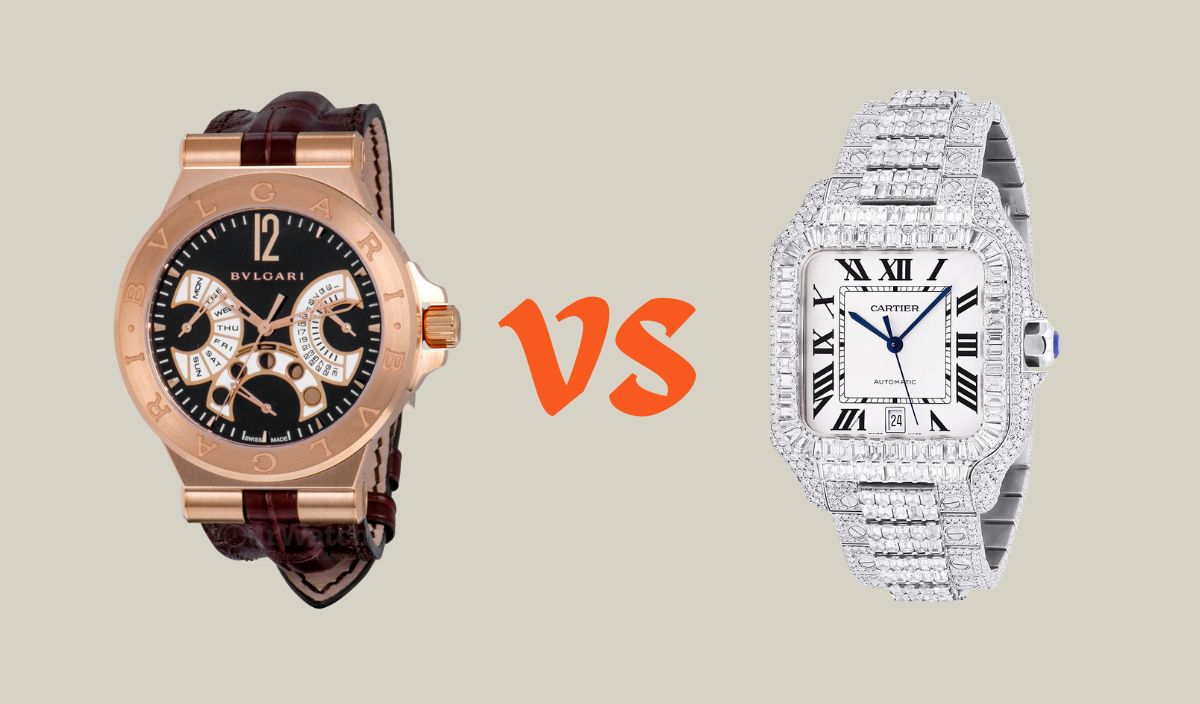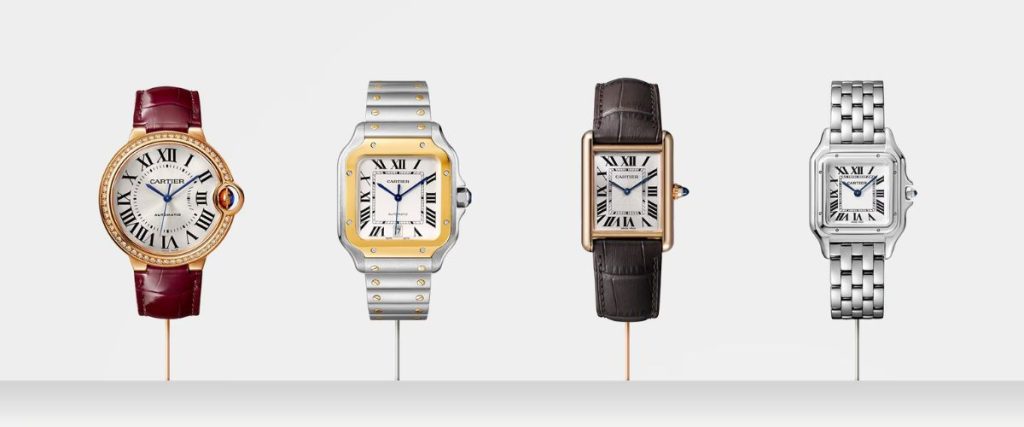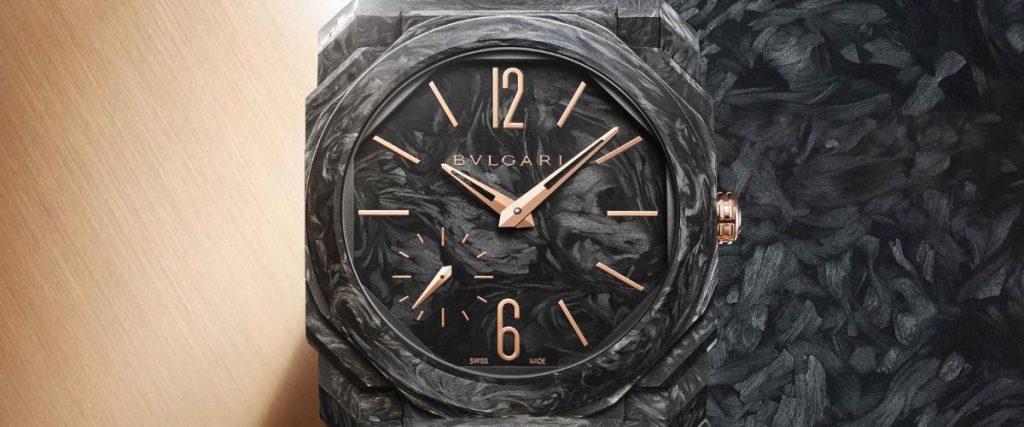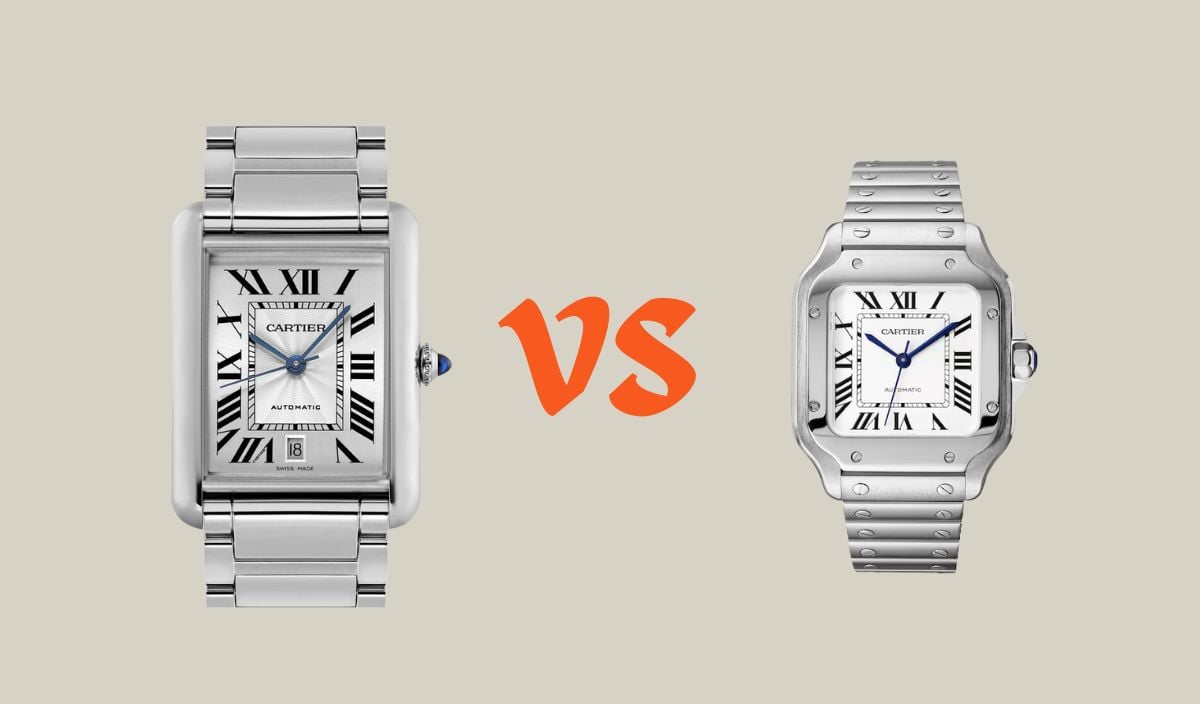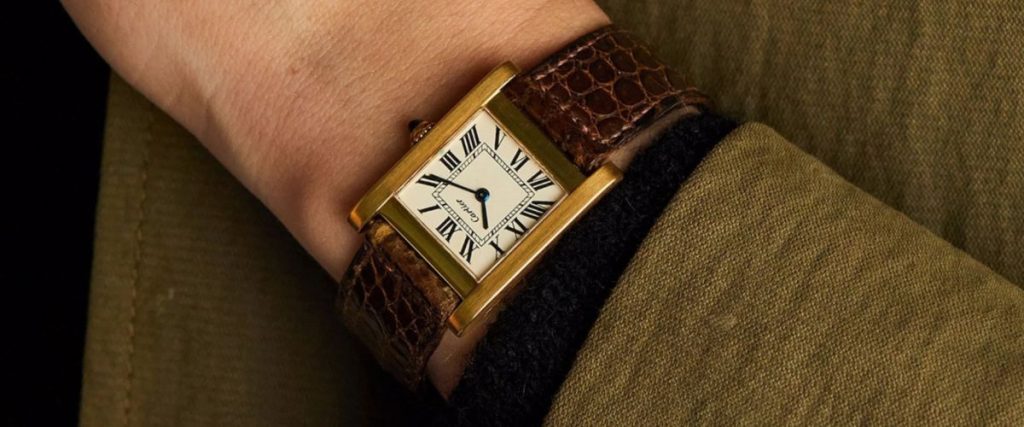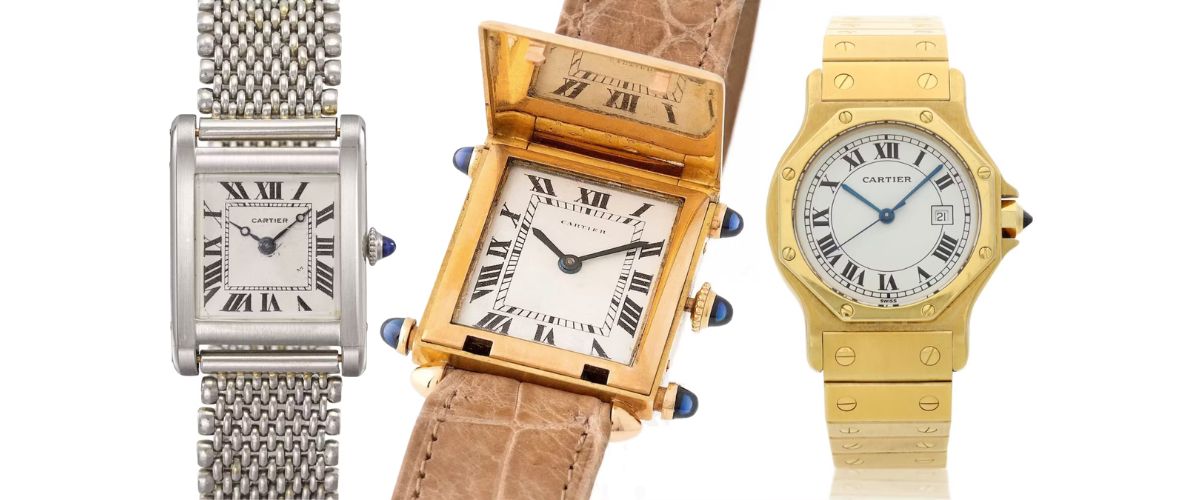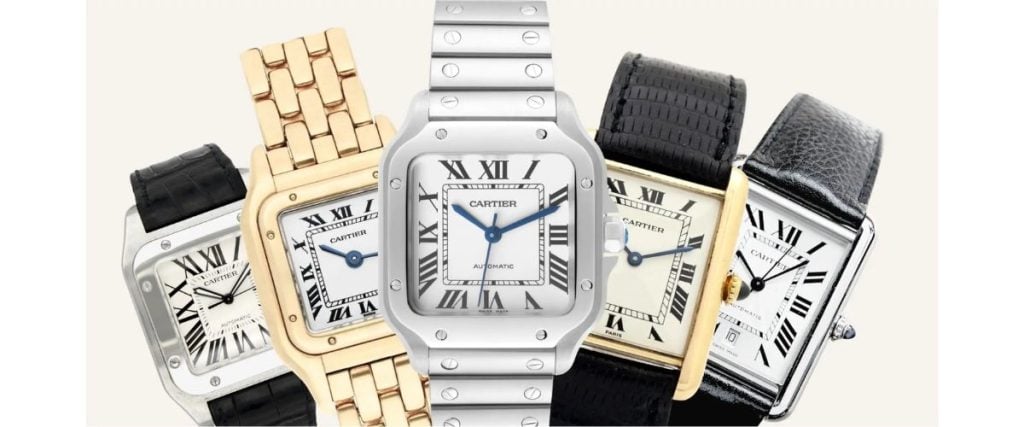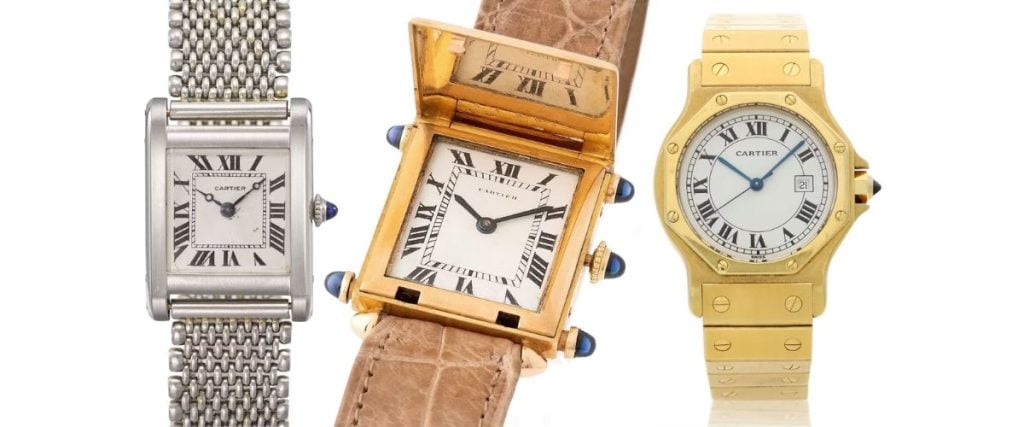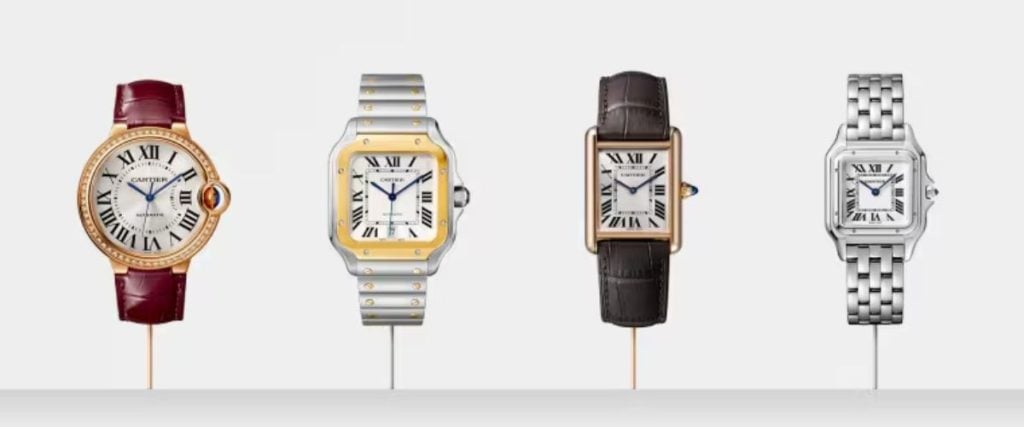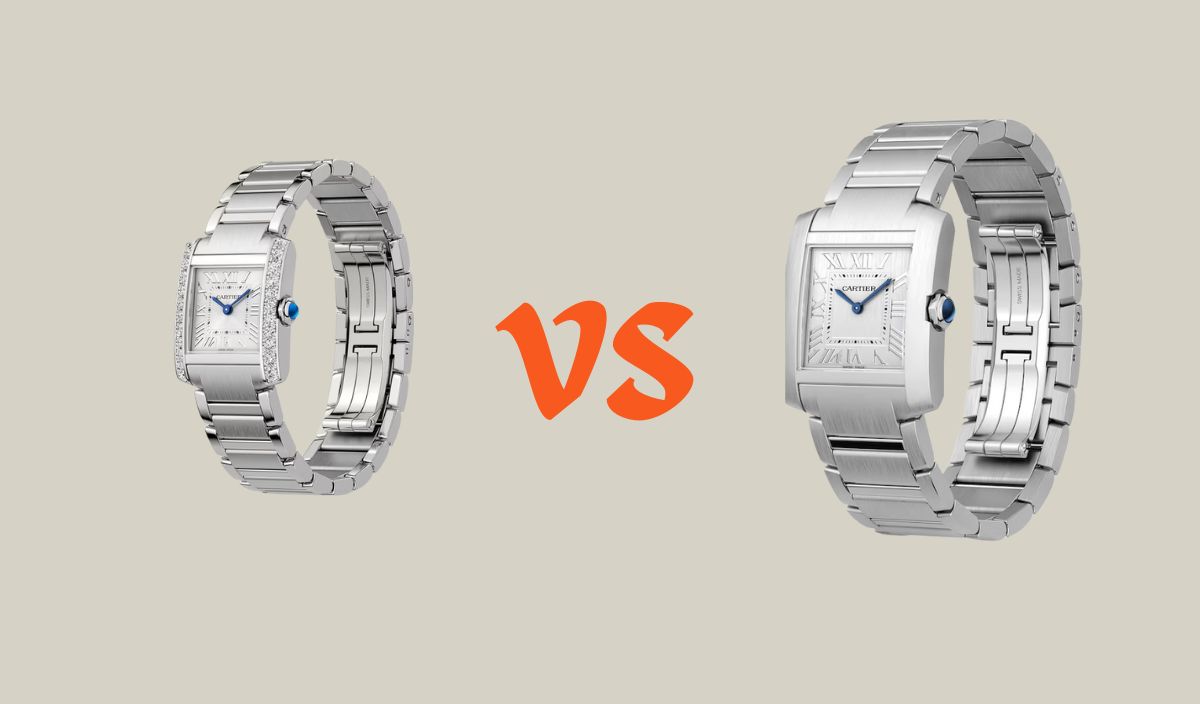
For over a century, the Cartier Tank has been ceaselessly impressing the market with its stunning, innovative work that has left enthusiasts speechless.
Cartier has been committing itself to excellence since the dawn of the luxury watch breakout, redefining what it truly means to create timepieces, leaving the market in disbelief upon every release.
The brand has one of the most esteemed reputations, so it’s no surprise that the Tank Francaise has lived up to the legacy.
Throughout its long reign as one of Cartier’s most iconic tanks, the Francaise has undergone its fair share of variations and updates, resulting in a wider range of options for customers to collect and enjoy. But how exactly has it aged, and what can new customers expect from purchasing a small Francaise vs purchasing a medium Francaise?
Most importantly, how do the sizes compare, and what exactly is right for you? In this article, we will compare the small and medium Francaise and look at the rich history that stands behind this masterpiece, as well as explain what will be the most optimal fit for you.
A Brief History of the Francaise
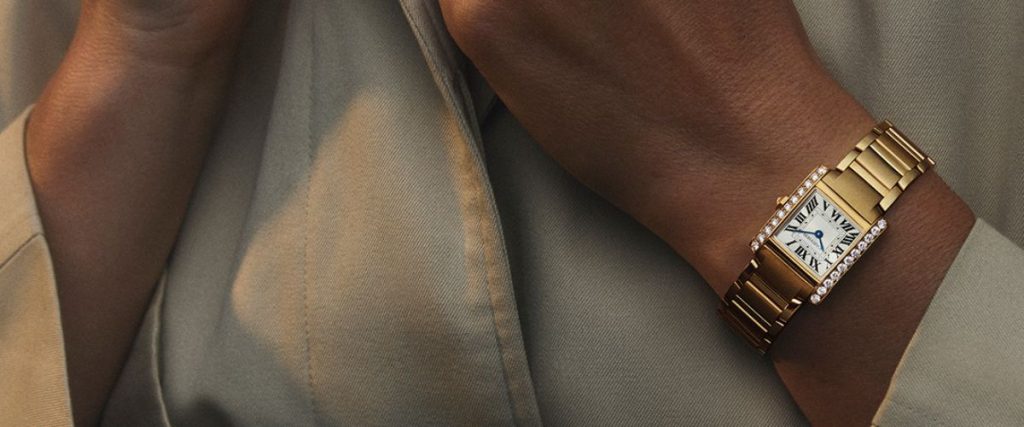
In 1917, Louis Cartier would forever change the luxury watch industry by creating the Cartier Tank. With the flat brancards, the clean, crisp lines, and the smooth lugs, the Tank has one of the most unique aesthetics we have ever seen, inspiring countless variations while managing to hold on to what made the original so successful.
In 1996, Cartier would go on to launch the Francaise to embody the original design of the Tank while adding a modern flare. The Francaise is technically the first Tank with an integrated bracelet that was designed to specifically complement the case.
The Francaise also comes with both an angular case and an angular bracelet that slims down the size altogether, attributing a much more sophisticated feel.
The word “Francaise” is the feminine singular of the word French, which is quite fitting for a chic design like this, as it has become one of the most desired lady accessories during its reign.
In fact, Princess Diana is famously known for wearing a gold Francaise on numerous occasions, paying even more tribute to the famous legacy, shooting the piece into stardom, and causing it to become a modern icon.
One of the most interesting dynamics of the Francaise is the twin linear, parallel bezels, which double as the lugs.
It’s not easy to preserve the iconic style of the original tank while keeping a much more preserved silhouette, but the angular brancards give the watch a sporty twist that blends with the ends of the bracelet to outline the lugs in a perfect manner that captures exactly the kind of feel Cartier was going for.
The watch takes both a rectangular and hexagonal shape, throwing quite the funky flavor into the mix that holds its own among the refined aesthetics.
It’s safe to say that this watch takes any element of design and perfectly embodies it. There’s not one specific category that the Francaise fits into.
It’s a luxury watch, that’s for certain, and the refined elegance will most likely be the most appealing feature. But there is much more than meets the eye that you may not expect from a brand like Cartier.
This watch seems to be much more daring and bold, which would be risky for any other brand, but Cartier has created something truly special that has broken the barriers of what traditional elegance can mean.
How do the sizes compare, though? Depending on what you prefer, the small and medium sizes of the Francaise fit a plethora of styles and accommodations, but how exactly do you know which is the right fit for you?
While we compare both sizes, take note of what each Francaise variant has to offer so that you can get a better understanding of the specific strengths each brings to the table.
The Francaise Small
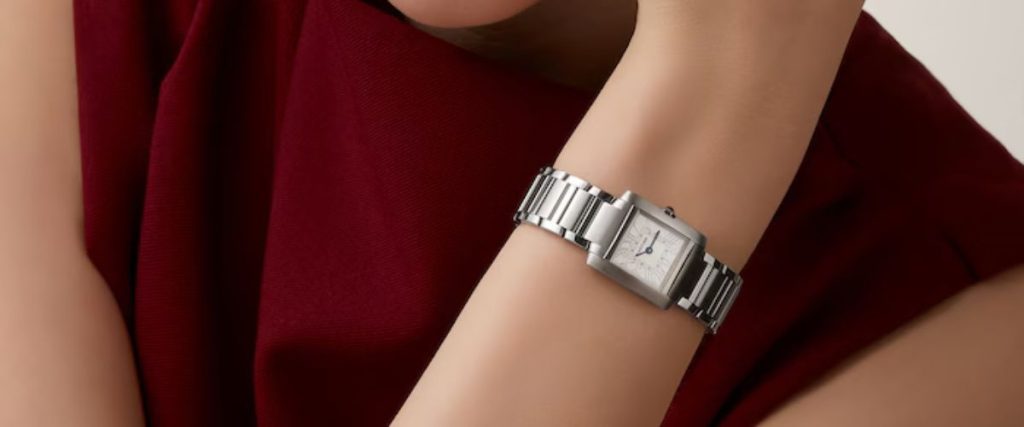
The small model measures 25.7mm x 21.2mm, with a thickness of 6.8mm. This sizing is obviously optimal for fairly petit wrists and will prove to have a much more delicate look.
The small gives off a traditional feel, leaning back on the design of the original Tank while still carrying a fair amount of that Francaise boldness.
This particular model was most likely engineered for those who prefer a demure look so as to not overpower the chic traditionality of Cartier women’s accessories. It also appears to be much more vintage, capturing an older style that will appeal to a fairly large number of customers.
Some may be turned off by the modern aesthetic of bigger sizes, so this version will prove to be the best for those who value the classics.
The small also features more compact proportions that seem to be more well-rounded and precise than bigger models. I, for one, prefer a tighter watch where everything flows and feels symmetrical, and when looking at smaller sizes, you can expect the Francaise to hold true.
And, of course, you have to admire the price. The smaller size lends itself to a much cheaper cost, typically rounding out at $22,000.
The Francaise Medium

Then, we have the medium, measuring 32mm x 27mm, with a thickness of 7.1mm. This model will appeal to those with a little bit larger wrists, measuring pretty big for a women’s watch.
The boldness of the Francaise aesthetic is now on full display, offering a much more substantial presence on the wrist that incorporates that modern look.
For the medium, the proportions are much larger, which naturally makes the watch far more noticeable. The numerals on the dial have also been slightly adjusted to define the bezel, evenly suiting the larger case.
Because of the size, the unique elements of the Francaise are much more noticeable, which will appear to those who may desire a slightly elevated demeanor that looks a little different than the original tank. Since there are more pristine materials needed to suit the case, the medium size is more expensive, totaling $26,000.
Cartier Tank Francaise Small vs Medium – How to Choose
Aside from the size difference, the small will appeal to those who prefer the preserved and vintage feel of the original Tank, while the medium will be for those who enjoy the bold twist that the Francaise incorporates.
Don’t get me wrong; I’m not saying that those who prefer the smaller size would be better off looking for another Tank variant; the Francaise aesthetic will undoubtedly appeal to anyone who enjoys an elegant and curvy case, but the medium is much more straightforward with how it decides to display all of those modern features.
It seems like no matter the watch, there will always be two sides to every spectrum. Some simply like an older feel to their timepiece, while others are more appreciative of the modern designs that continue to shape the industry. There is no right or wrong choice; it simply comes down to preference.
Conclusion
The Francaise is a masterpiece. Plain and simple. I would go as far as to say that it is one of the most prevalent women’s watches in the entire industry.
Cartier deserves all the recognition that they get, as their reputation lives up to the quality of their pieces every single time. Finding the perfect combination of modern themes and vintage history is not easy by any means.
Cartier’s commitment to excellence extends to the birth of the brand itself. It’s because of the iconic pieces that fueled the first generation that we are able to get masterpieces like the Francaise.
As the market continues to evolve and designs continue to get bolder, Cartier will be one of the brands you want to keep an eye on because they have been pioneering evolution in the industry for over a century, and I have no doubt they will continue to be one of the most influential brands in the luxury space.
If you are in the market for something that breaks the rules and exceeds everything you thought you knew about chic wristwear, I cannot recommend the Francaise enough.


